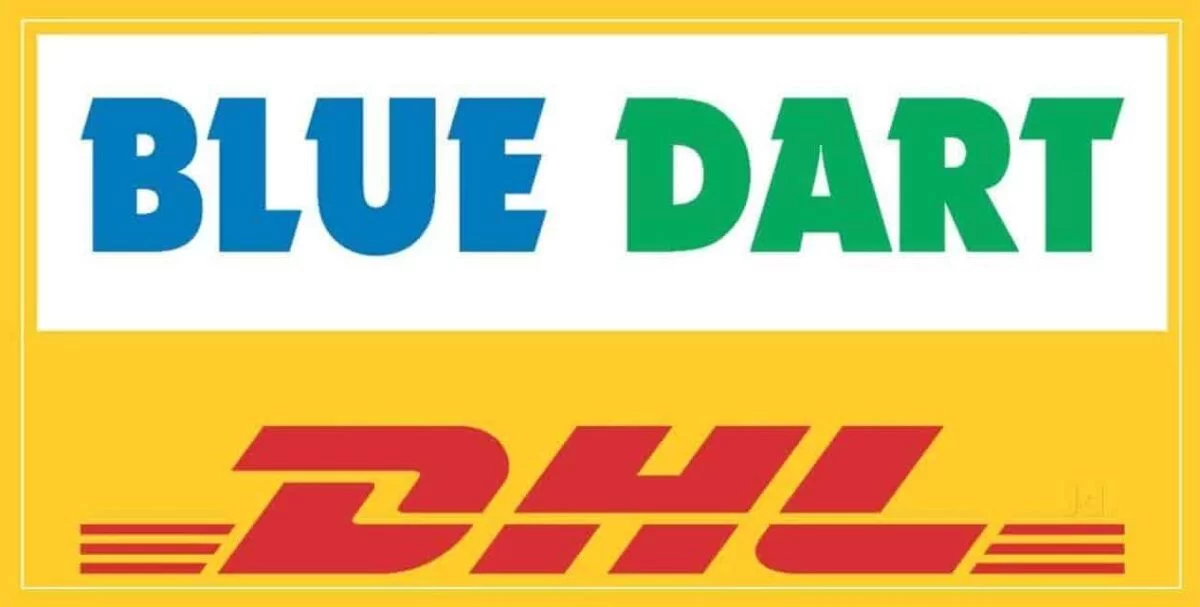Blue Dart Express Limited, part of DHL eCommerce and South Asia’s premier express air and integrated transportation & distribution company, has unveiled its much-anticipated E-Commerce Trends Report 2025. This year’s report draws insights from online shoppers across India and explores how evolving consumer expectations are reshaping the digital marketplace.
Covering eight detailed chapters, the report categorizes six unique shopper types and analyzes behaviors across four generational segments. The study reveals compelling patterns and forecasts that paint a dynamic picture of the future of e-commerce, especially in one of the world’s fastest-growing digital economies.
Key Trends Redefining the Indian E-Commerce Experience
The report identifies four transformative forces shaping online shopping in India: the rise of AI-powered shopping, the dominance of social commerce, the crucial impact of delivery and returns, and the increasing demand for sustainability in consumer behavior.
Shopping Powered by AI: Smarter Journeys, Higher Expectations
Generative AI is no longer just a futuristic concept — it’s becoming central to modern retail. According to the report, 89% of Indian shoppers are eager for AI-enabled features like virtual try-ons, AI-based personal shopping assistants, and voice-activated product searches. Voice commerce is already gaining traction, with 64% of shoppers making purchases using hands-free commands.
This rise in AI indicates a growing demand for intelligent, seamless, and personalized shopping experiences — journeys that blend functionality with delight and anticipation.
Social Commerce Becomes the New E-Commerce
Social media is no longer just a discovery tool; it’s a primary shopping channel. With 84% of Indian consumers having already made purchases via social platforms and 90% expecting social apps to become their main shopping avenue by 2030, brands are being urged to shift their focus.
Influence is powerful. A remarkable 93% of Indian shoppers admit that trends and viral buzz impact their buying choices. Instagram, Facebook, and YouTube are the new storefronts, pushing retailers to adopt mobile-first, in-app purchase experiences tailored for social commerce.





 >
>












 Business Care Solutions
Business Care Solutions